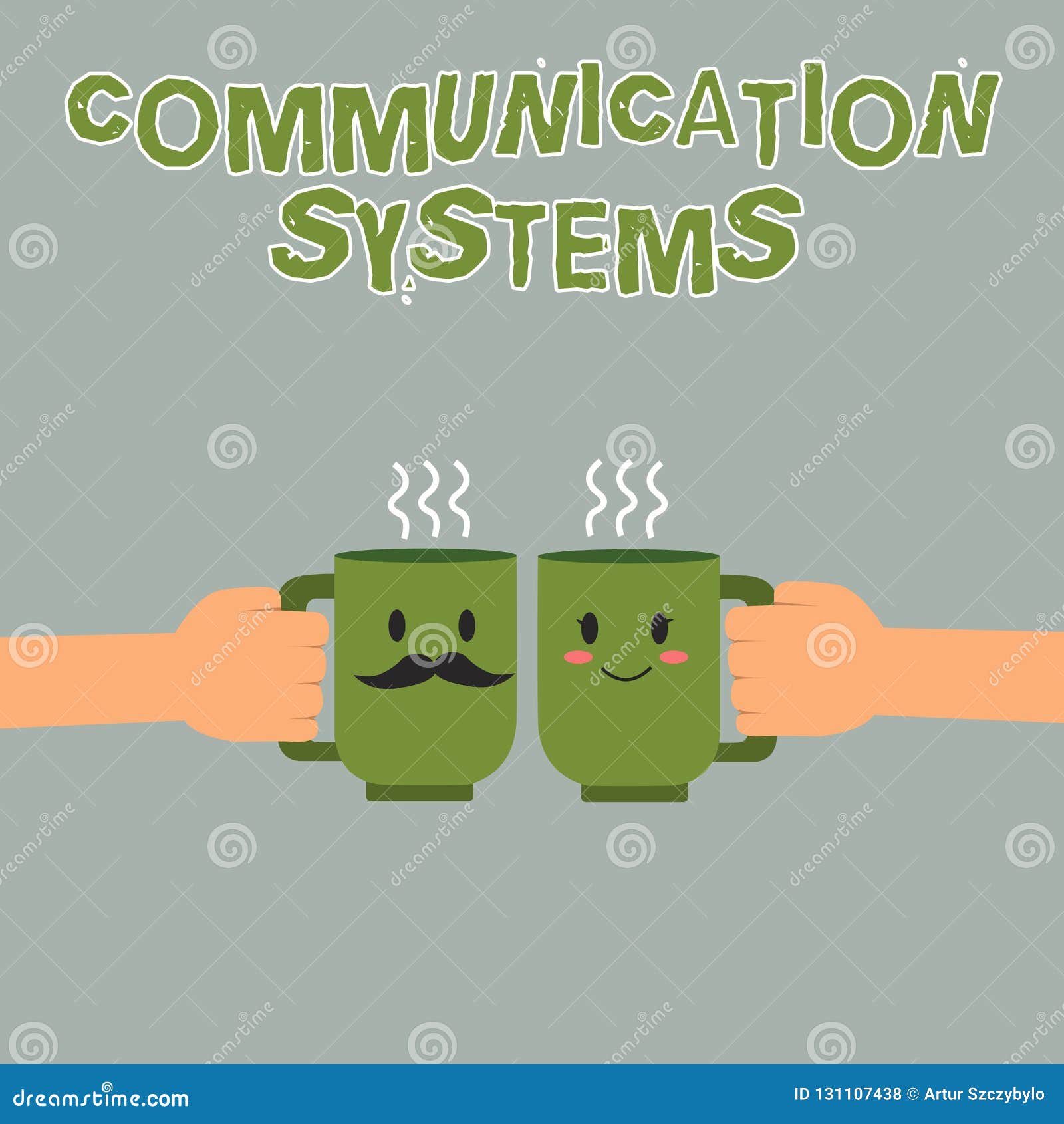
that it follows social standards and expectations. that it achieves the individual's goal, and that it is appropriate, i.e. Two central aspects are that the communicative behavior is effective, i.e. It applies both to the capability to formulate messages and to understand them. Communicative competence is the ability to communicate well. The field of communication includes various other issues, like communicative competence and the history of communication. Humans also practice interspecies communication, for example, when interacting with pets. For example, many flowers use symmetrical shapes and colors that stand out from their surroundings in order to signal to insects where nectar is located to attract them. However, there are also forms of interspecies communication, mainly in cases of symbiotic relationships. The reason is that its purpose, as a tool, is usually some form of cooperation, which is not as common between different species. Most communication takes place between members of the same species. For example, plants like maple trees release so-called volatile organic compounds into the air to transmit warning signals about a herbivore attack to other plants. Due to the rigid cell walls of plants, their communication often happens through chemical means rather than movement. An often-discussed example concerning navigational communication is the waggle dance used by bees to indicate to other bees where flowers are located. In the area of courtship and mating, for example, communication is used to identify and attract potential mates.

Animal communication plays important roles for various species in the areas of courtship and mating, parent-offspring relations, social relations, navigation, self-defense, and territoriality. Example are the requirement that the behavior serves a beneficial function for natural selection and that a response to the message is observed.

Researchers in this field often formulate additional criteria for their definition of communicative behavior. Non-human forms of communication include animal and plant communication. This can happen internally, as a form of inner dialogue or daydreaming, or externally, for example, when writing down a shopping list or engaging in a monologue. Intrapersonal communication, on the other hand, is communication with oneself. Interpersonal communication happens between distinct persons, such as greeting someone on the street or making a phone call. Another distinction is between interpersonal and intrapersonal communication. There are many forms of non-verbal communication, for example, using body language, body position, touch, and intonation. Non-verbal communication happens without the use of a linguistic system. Verbal communication includes spoken and written messages as well as the use of sign language. This can happen through natural languages, like English or Japanese, or through artificial languages, like Esperanto. Verbal communication involves the exchange of messages in linguistic form. For human communication, a central contrast is between verbal and non-verbal communication. Channels are usually discussed in terms of the senses used to perceive the message, like hearing, sight, smell, touch, and taste.Ĭommunication can be classified based on whether information is exchanged between humans, members of other species, or non-living entities such as computers.

The source uses a channel to send the message to a receiver who has to decode it in order to understand its meaning.

Many models include the idea that a source uses a coding system to express information in the form of a message. Models of communication aim to provide a simplified overview of its main components and their interaction. Controversial issues are whether unintentional or failed transmissions are included and whether communication does not just transmit meaning but also creates it. The precise definition of communication is disputed. The term can also refer to the message itself, or the field of inquiry studying these transmissions, also known as communication studies. Communication is usually defined as the transmission of information.


 0 kommentar(er)
0 kommentar(er)
